The Mammoths Of Mexico How Ancient Elephants Were Trapped And Preserved In Ice Age Pits
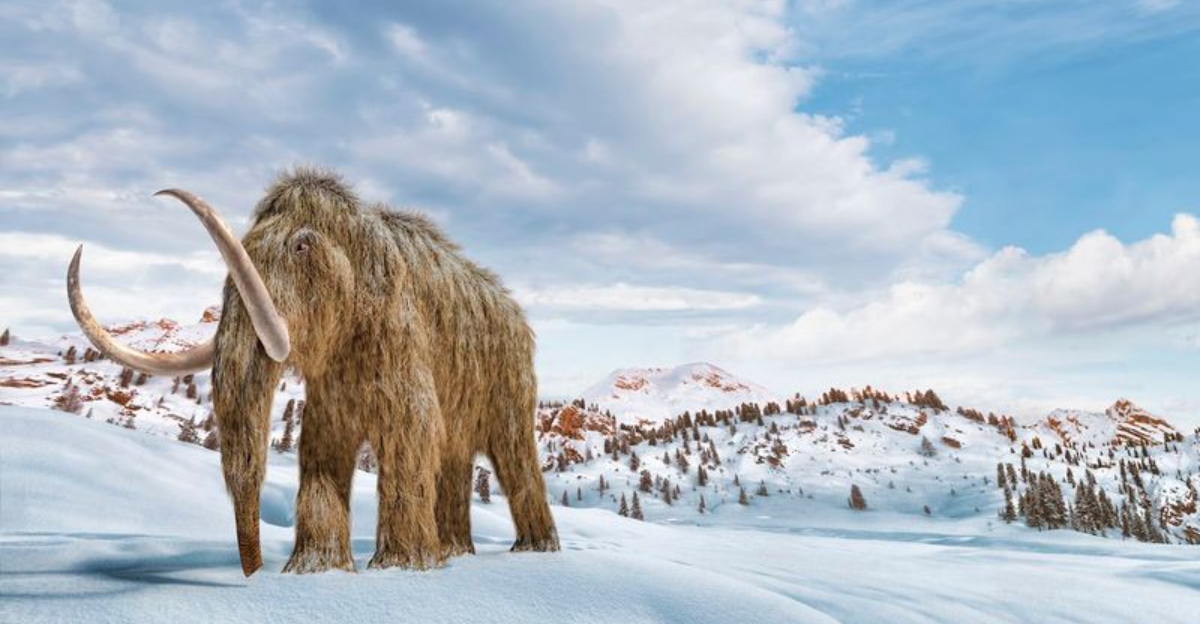
Buried beneath Mexico’s busy streets lies an extraordinary Ice Age treasure trove. Scientists have uncovered dozens of mammoth skeletons preserved in ancient pit traps, revealing how early humans hunted these massive creatures.
These remarkable discoveries are rewriting what we know about prehistoric hunting techniques and human migration in North America.
1. Dozens Of Mammoth Skeletons Found In Mexico
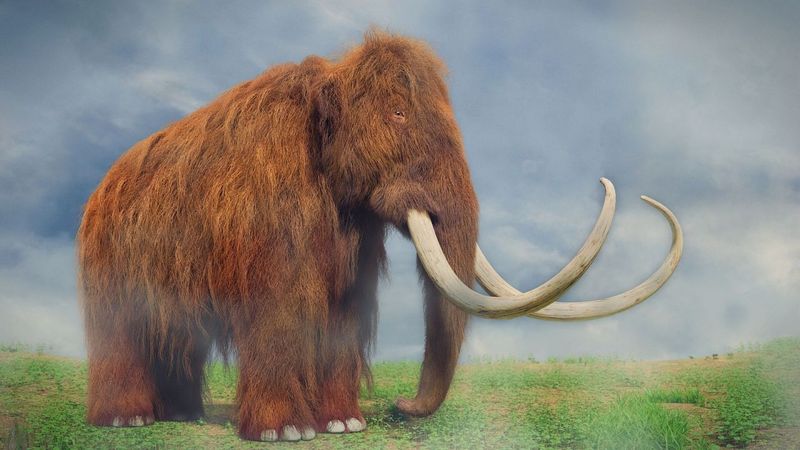
Archaeologists hit the jackpot near Mexico City when they unearthed over 60 mammoth skeletons in what was once a shallow lake. The sheer number surprised even veteran researchers.
Finding one complete mammoth is rare enough, but dozens in the same location? That’s like winning the prehistoric lottery!
2. Traps Were Dug By Ancient Humans As Hunting Pits
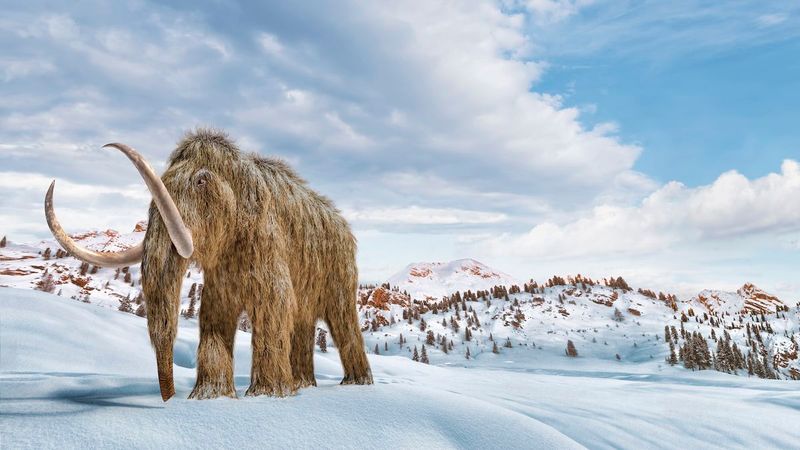
Clever hunters engineered these death traps roughly 15,000 years ago. The pits weren’t natural formations but deliberately crafted hunting tools.
Early humans recognized that mammoths, despite their massive size and strength, could be defeated through strategy rather than force. Talk about prehistoric problem-solving!
3. Discovery Dates Back Over 15,000 Years
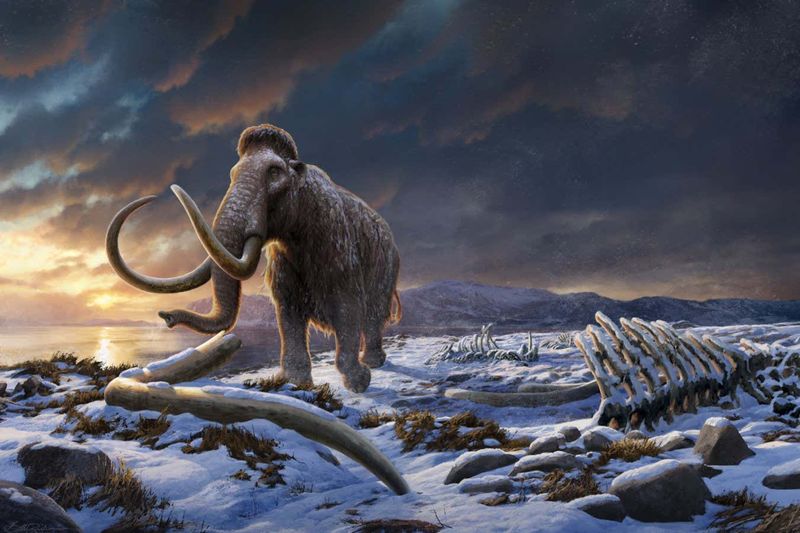
Time travel might be impossible, but these findings transport us back 15 millennia. The mammoth traps existed when glaciers still covered much of North America.
For perspective, these hunters were setting traps when the last Ice Age was winding down. Woolly rhinos still roamed, and humans were just beginning to spread across the Americas.
4. Bones Found In What Was Once A Shallow Lakebed
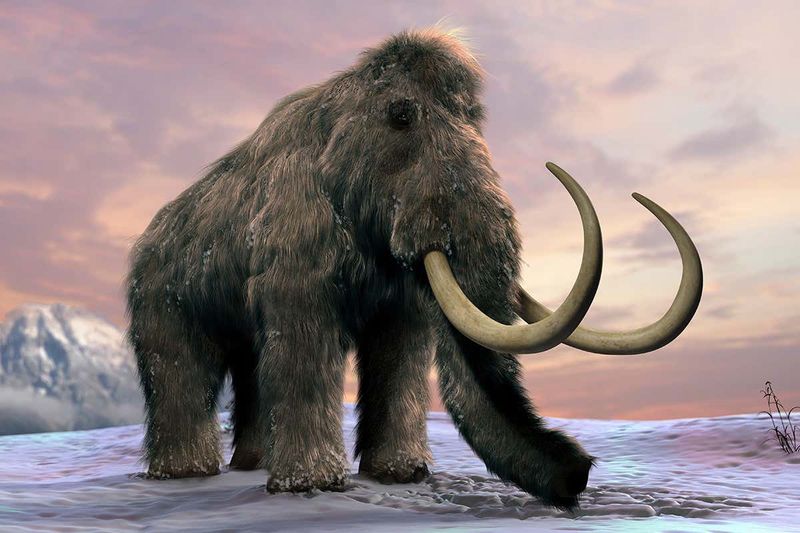
What’s now dusty Mexican soil was once a marshy paradise. Mammoths loved visiting these shallow waters to drink, bathe, and find plants.
Ancient hunters recognized this pattern and turned the mammoths’ favorite hangout into their final resting place. The soft, muddy ground helped preserve the bones for thousands of years.
5. Pits Measured Over Five Feet Deep And Wide
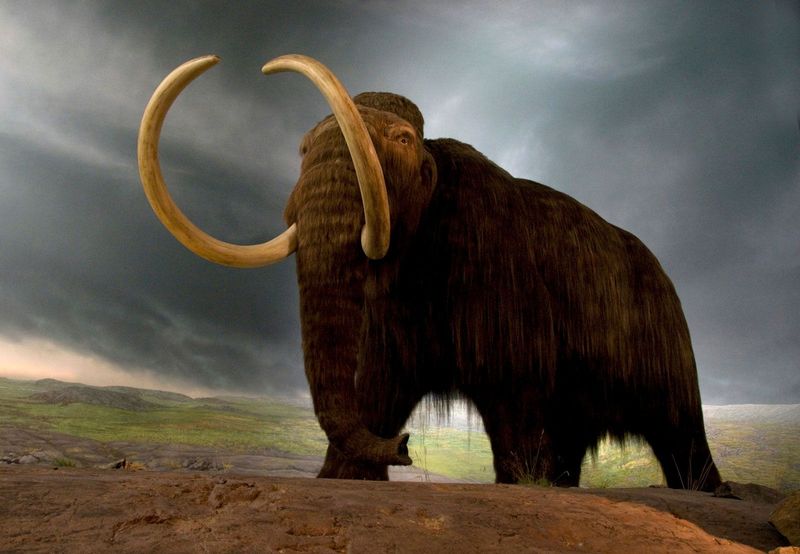
Imagine digging a hole taller than yourself using only stone tools! These hunting pits weren’t small – measuring over five feet across and just as deep.
The strategic dimensions weren’t random. A pit this size was just right to trap a mammoth without being too massive for humans to excavate with primitive tools.
6. Tools And Weapons Discovered Near The Remains
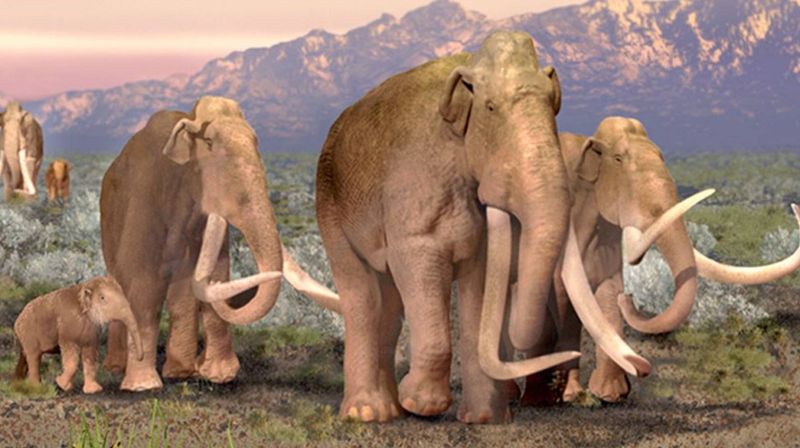
Scattered among mammoth bones lay the smoking guns – stone spears, flint knives, and butchering tools. These weren’t just any rocks but carefully crafted hunting implements.
Some weapons show distinctive crafting styles, offering clues about who these ancient hunters were. Each tool tells a story about how humans adapted to hunt the largest land mammals of their time.
7. Evidence Shows Mammoths Were Intentionally Driven In
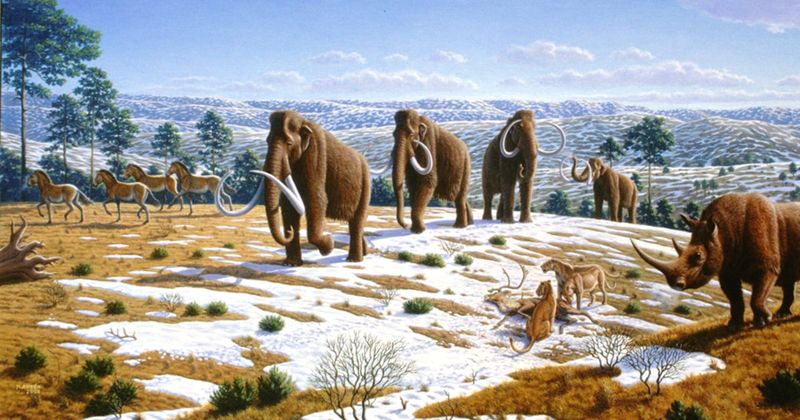
Forget random accidents – these were prehistoric SWAT operations! Bone patterns reveal mammoths were deliberately herded toward the pits by coordinated human teams.
Footprint evidence suggests hunters formed human chains to funnel the massive beasts exactly where they wanted them. The entire community likely participated in these dangerous but necessary hunting events.
8. Some Mammoths Show Signs Of Butchering
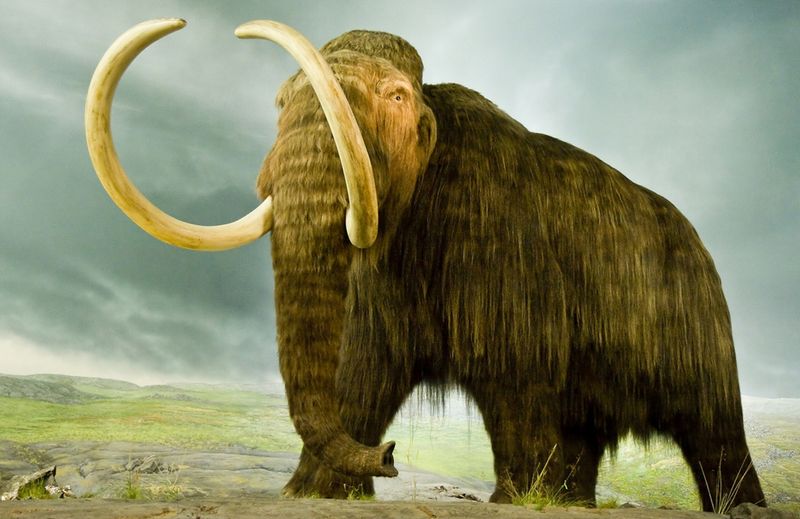
Cut marks tell tales of ancient feasts! Many skeletons bear distinctive scratches and grooves that could only come from stone tools used for butchering.
These marks follow specific patterns – first separating meat from bone, then accessing marrow. Nothing went to waste when feeding an entire community depended on successful hunts.
9. Discovery Challenges Earlier Migration Timelines
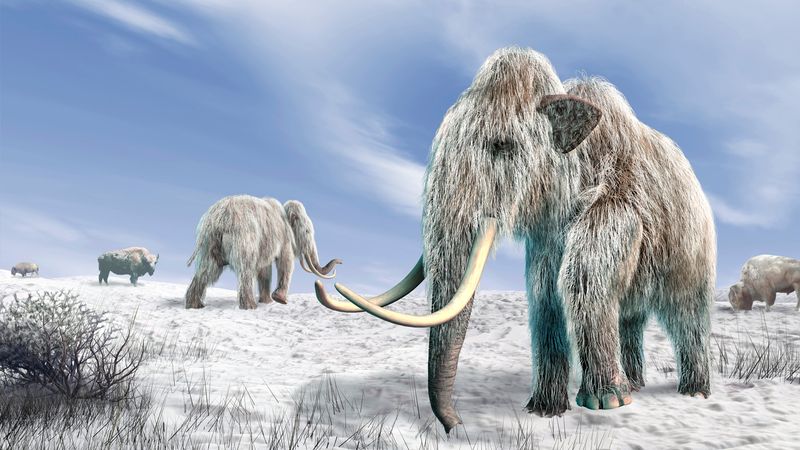
History books need updating! These sophisticated hunting methods suggest humans arrived in North America earlier than previously thought.
Creating such complex traps requires deep environmental knowledge and social organization. The skills displayed couldn’t have developed overnight, suggesting humans had been in the region long enough to perfect these techniques.
10. Finds Suggest Coordinated Group Hunting Tactics
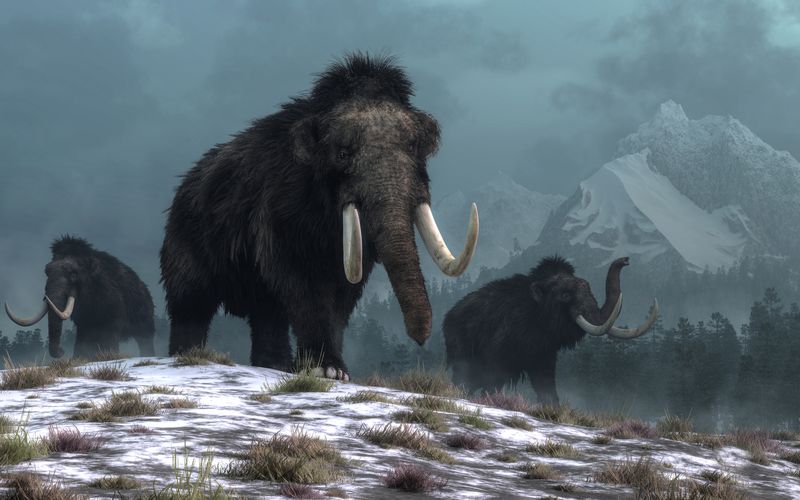
Mammoth hunting wasn’t a solo sport! The scale of these traps proves early Mexicans were master collaborators, working in large, organized groups.
Imagine the planning: some people digging pits, others disguising them with branches, and the bravest serving as mammoth bait! Such teamwork reveals sophisticated social structures existed far earlier than many anthropologists believed.
11. Site Offers Rare Glimpse Into Ice Age Life
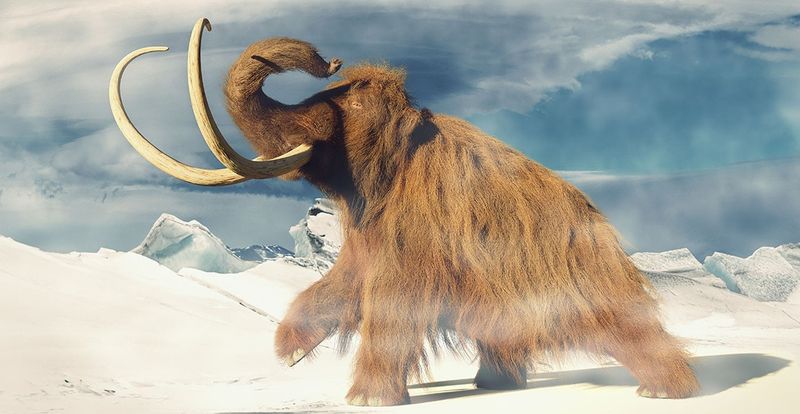
Beyond just bones, these sites are time capsules of Ice Age daily life. Researchers found plant remains, pollen, and even human footprints preserved alongside the mammoth traps.
The environmental data helps paint a complete picture of the ancient ecosystem. Climate information, dietary clues, and hunting techniques combine to show us how our ancestors not only survived but thrived during challenging times.






